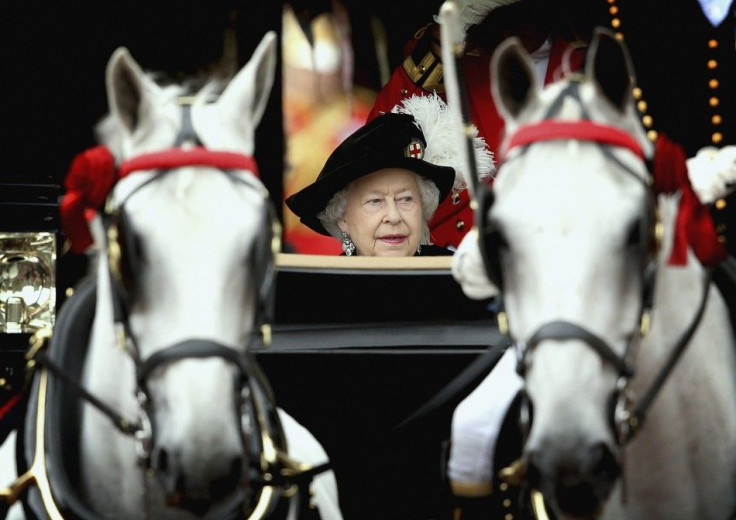George III ‘Disturbing’ Sketch Found at British Library

An architectural plan believed to have been drawn by George III was discovered at the British Library. The sketch was apparently drawn during the time when the King of Great Britain and Ireland went through his period of "madness."
The sketch is part of a huge collection of documents belonging to the King, dating back to his reign between 1760 and 1820. BBC reported that the loose piece of paper had been tucked inside a volume on the Palaces of Hanover in Germany. Experts say that the diagram drawn in ink over a pencil outline shows a "rather savage way" of drawing as it did not show "an ordered plan." According to Peter Barber who is the head of map collections at the British Library, the drawing is one of those things which "are at the very least odd and actually rather disturbing." The scribbled document was found on the back of an order of service from St George's Chapel in Windsor.
The King's drawing shows four huge staircases surrounding a grand central courtyard which has no apparent means of access. The design was probably "a little excessive," according to Barber, even for a Baroque monarch. Some of the rooms do not have any doors. There is not even a way to go from one room to the next. Barber assumed that the King had drawn it when his mind was disturbed. "It may be a unique survivor of that traumatic period of his life," Barber said. He also said that the style of the sketch was the most emphatic sign to prove that it had been drawn by the King. George III made many other similar architectural plans, he said.
George III allegedly suffered from several mental disorders. He apparently suffered from Bipolar depression which included episodes of mania and the blood disorder porphyria. "The Madness of King George" was a 1994 movie directed by Nicholas Hytner. The movie, adapted from Alan Bennett's play "The Madness of George III," starred Nigel Hawthorne who was nominated for the Academy Awards in the Actor in a Leading Role category. The movie, however, won the Academy Award for Best Art Direction.
Contact the writer: s.mukhopadhyay@ibtimes.com.au





















